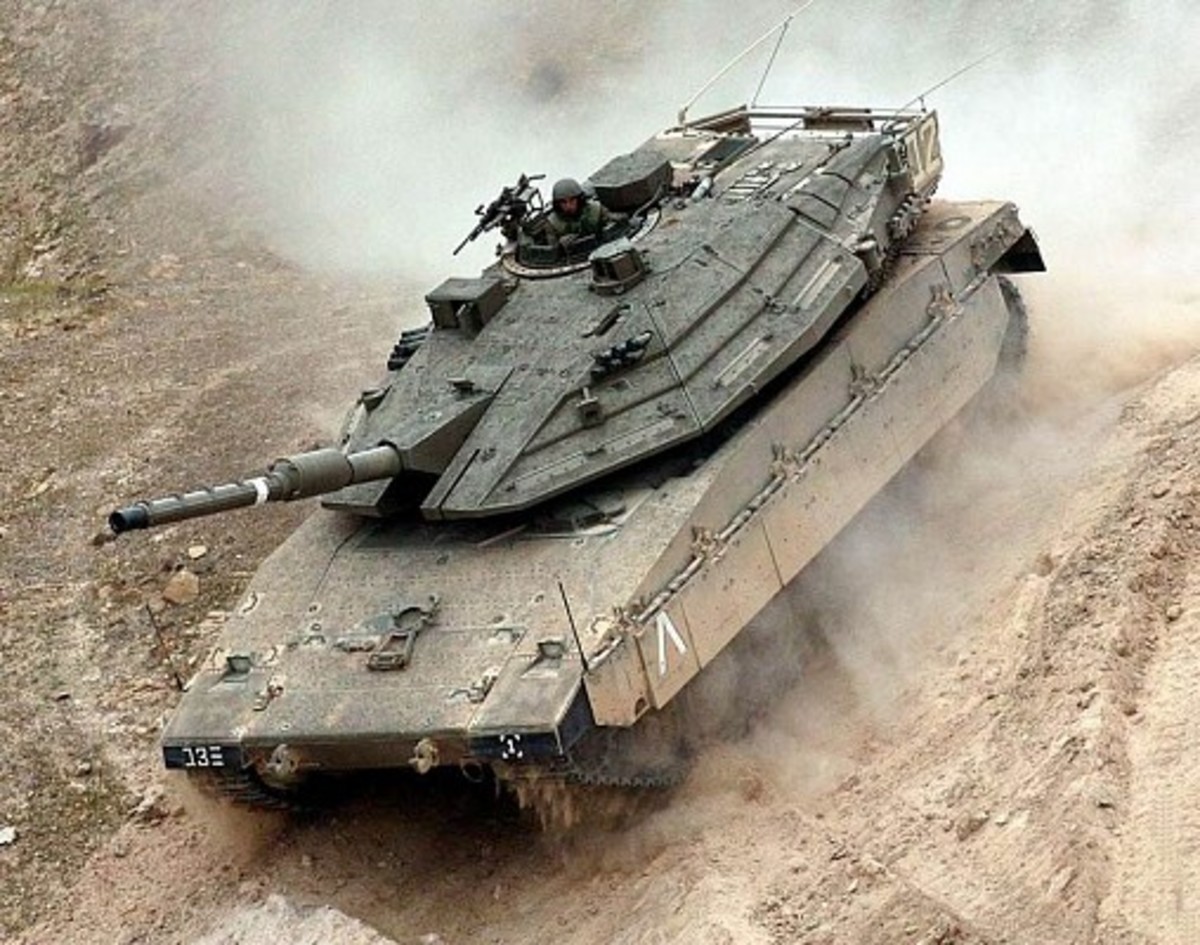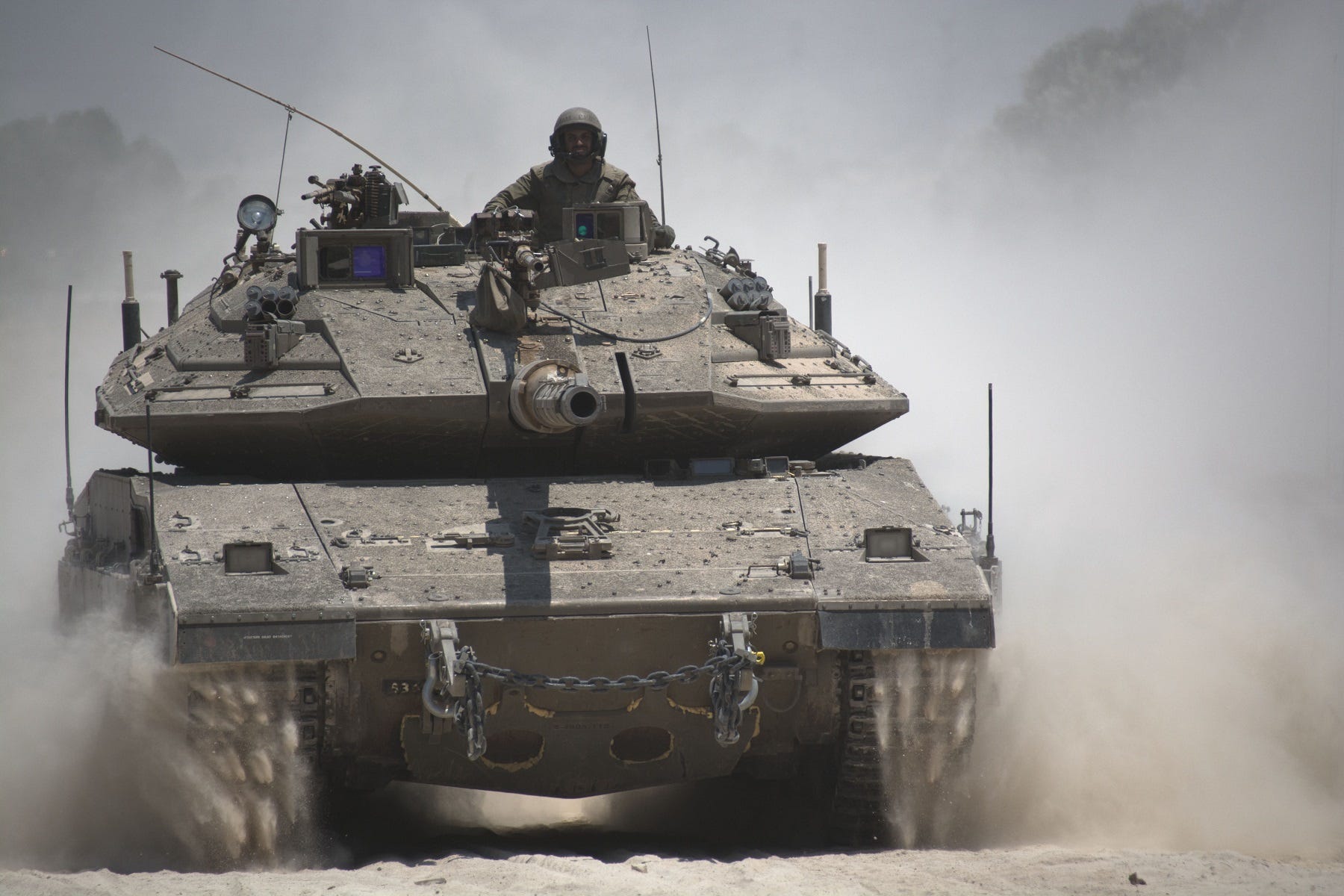Exploring Israel’s Most Formidable Tank
The Merkava Tank: An Unconventional Design
The Merkava tank, born out of necessity in the 1970s, stands as a unique and unconventional piece of military engineering. Its origin story begins with Israel’s unsuccessful attempt to acquire Chieftain tanks from the United Kingdom. Faced with this setback, Israeli designers embarked on a distinctive path, envisioning a tank capable of contending with Soviet armored forces in the desert landscapes surrounding Israel. What emerged was a tank unlike its Western and Soviet counterparts, featuring a design reminiscent of infantry fighting vehicles.
Instead of the typical rear-engine placement, the Merkava positioned its engine at the front of the crew compartment, while the turret was set further back on the chassis. This unorthodox arrangement allowed for gradual sloping of the front armor and enabled the crew to enter and exit swiftly through the rear of the tank.
However, this innovative design came with its own set of challenges. Notably, the front-engine placement made the engine more vulnerable to disabling hits, as any penetration of the frontal armor could result in engine damage. Israeli military doctrine places a premium on crew survivability, and in the event of such a hit, the crew is trained to evacuate rapidly through the rear hatch, provided the situation permits. In contrast, Western tanks typically remain mobile even after a frontal penetration.
Another issue stems from the storage of ammunition in the Merkava. Ammunition is stored within flame-resistant plastic containers in the crew compartment. While these containers delay the potential cook-off of ammunition, Merkava tanks have experienced catastrophic failures when their ammunition was hit. The Merkava Mk 4 sought to address this vulnerability by storing some ammunition in the turret with blow-off panels, but this solution can accommodate only a limited number of rounds. Consequently, the Merkava’s ammunition storage remains less resilient in the event of an ammunition hit when compared to tanks with bustle storage designs like the M1 Abrams, K2 Black Panther, or Leclerc.
Nevertheless, the rear placement of ammunition in the hull minimizes the likelihood of hits during frontal engagements. Hits to this area are generally only probable if the tank is engaged from a side aspect, a perilous scenario for virtually any tank. Additionally, the Merkava incorporates measures to mitigate the risk of side shots, including modular armor and active protection systems, features that are increasingly standard on modern tanks.
So, is the Merkava a poor tank? Not necessarily. However, it is evident why most nations have adhered to more traditional tank designs rather than embracing the Merkava’s frontal engine configuration. The Merkava’s unique approach to tank design poses both advantages and disadvantages, and its suitability depends on the specific operational context and priorities of the military employing it.
Hits: 30










